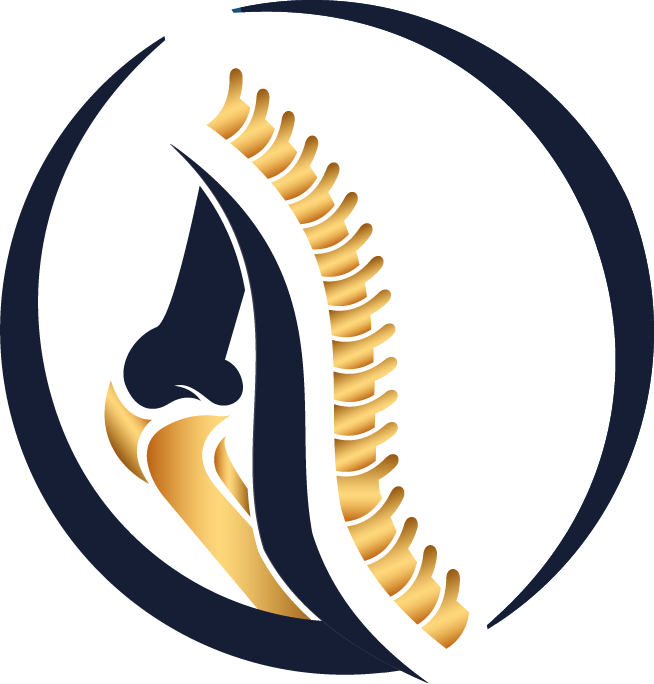What is Biceps Tendonitis?
Biceps tendonitis is inflammation or irritation of the upper biceps tendon. Also called the long head of the biceps tendon, this strong structure connects the biceps muscle to the bones in the shoulder. Pain and weakness in the front of the shoulder are common complaints in biceps tendonitis. Although it usually responds to rest and medication, streoid injections may be required in some cases. In the case of persistent pain, surgery may be required.
Why Does Biceps Tendonitis Occur?
In most cases, damage to the biceps tendon is caused by a lifetime of normal activities. As we age, our tendons gradually weaken with daily wear. This deterioration (degeneration) can be made worse by overuse. Repeating the same shoulder movements over and over can be given as an example. Many jobs and routines can cause overuse damage. Sports activities that require repetitive overhead movements such as swimming, tennis and baseball put people at risk for biceps tendinitis.
Repetitive overhead motion may play a role in the other shoulder problems that occur with biceps tendinitis. Muscle tears and arthritis of the shoulder joint are usually caused by overuse.
What are the symptoms of Biceps Tendonitis?
- Pain or tenderness in the front of the shoulder that worsens with overhead lifting or movement
- Pain that moves down the upper arm bone
- Sometimes a feeling of friction in the shoulder joint
How Is Biceps Tendonitis Diagnosed?
During the exam, your shoulder's range of motion is evaluated for strength and signs of shoulder instability. In addition, certain physical examination tests are done to check the function of your biceps.
Imaging shows a thickening of the tendon on ultrasound. MR imaging is the most used method. Thickening of the tendon, inflammation around it, and other accompanying shoulder diseases can be evaluated.
Biceps Tendonitis Treatment
First of all, treatment is started with non-surgical methods. Rest, ice application, painkillers and injections to the shoulder are the first-line treatment protocol.
If the patient's complaints do not go away with non-surgical treatment, surgery solves biceps tendinitis problems. If the patient has other shoulder problems, surgery can also be considered as the first option.
Tenodesis or tenotomy may be preferred for surgical treatment. Both treatments can be performed arthroscopically.
In the tenotomy procedure, the tendon is cut arthroscopically from where it attaches.
In the tenodesis procedure, the damaged part is removed and the remaining tendon is reattached to the upper arm bone (humerus).
 Türkçe
Türkçe
 Arabic
Arabic
